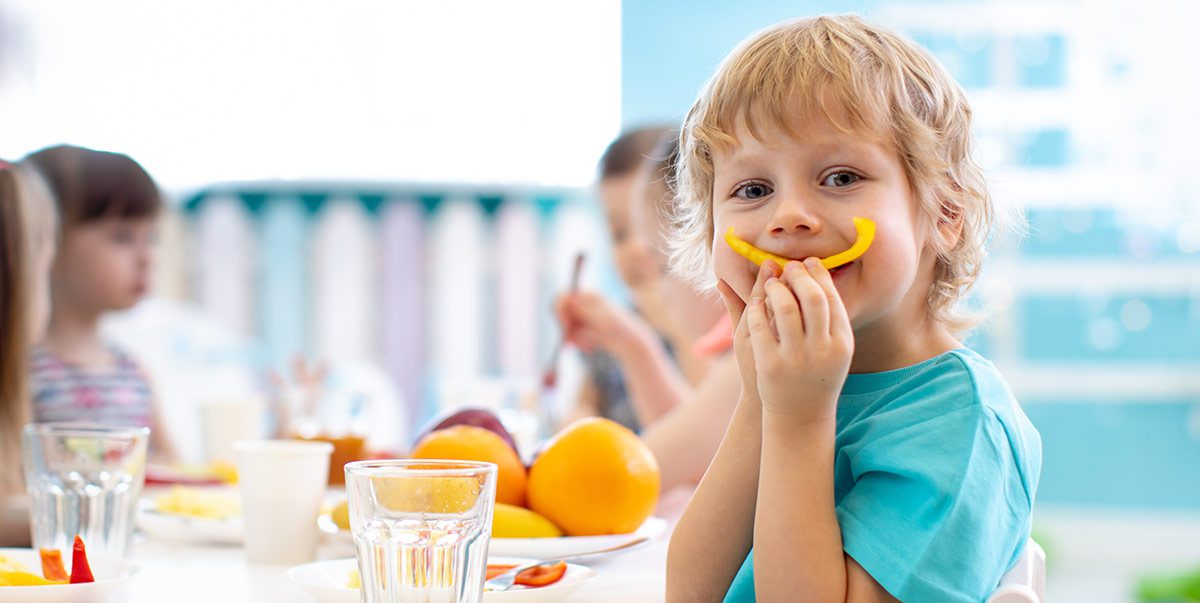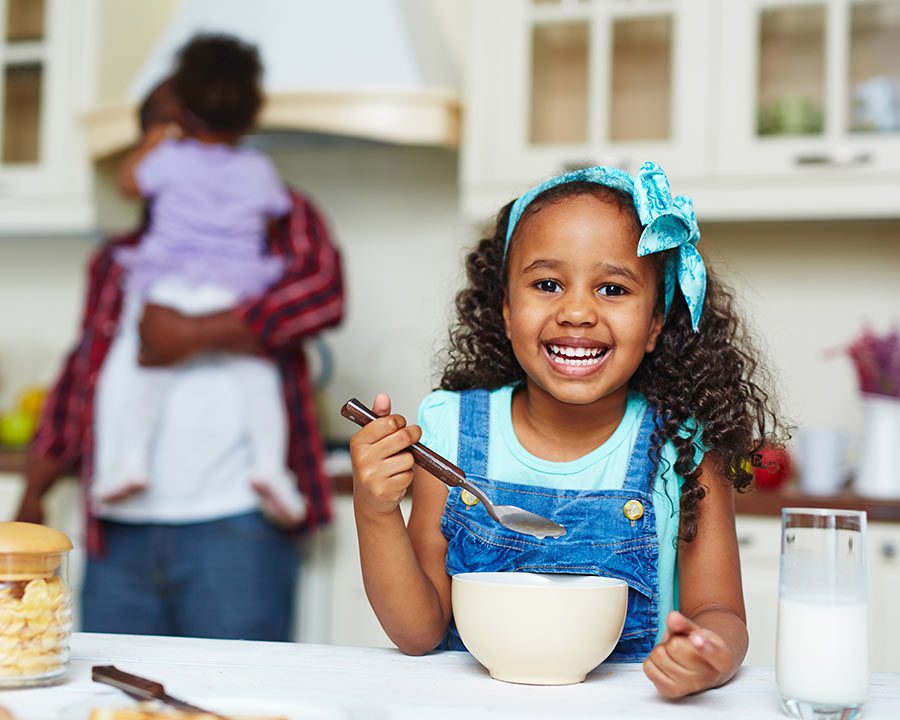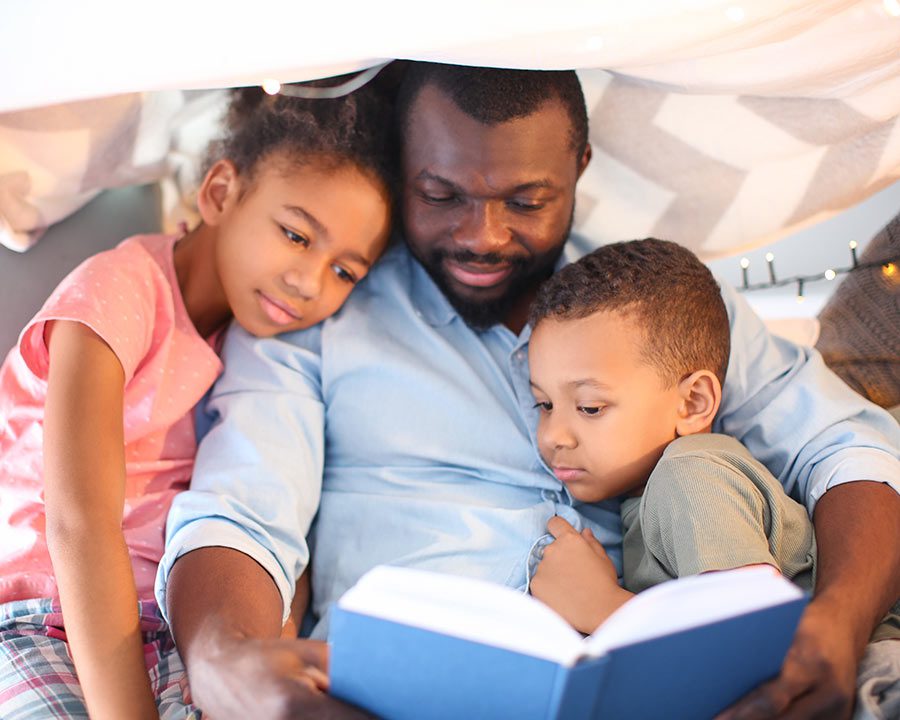Developing Routines
Introduction
Learning and following a routine is another essential part of kindergarten readiness. Now is the time to establish and practice morning and evening routines that will set your child up for school success.

Activity
During the first few weeks of the school year, your kindergartener will be exhausted by the time the school day ends. A good night's sleep and a consistent routine will help your child make it through this period of adjustment. By setting up routines well in advance of the school year, you'll also be teaching your child how to follow routines—a skill that will help your child transition more smoothly to this new phase of life. You may want to write these routines down and put them where you and your child can easily see them:
- Establish a morning routine. Your child will need a new morning routine when kindergarten begins. Will your child need to get up earlier (this may require an earlier bedtime). Do a practice run to see how much time the new routine will take and adjust your child's wake-up time accordingly. Fine-tune the routine as the school year approaches and practice it each day. Anticipate scenarios that may come up and adjust your routine to accommodate them. Does your child want to choose the outfit for the day? If so, incorporate wardrobe selection into your morning routine—or stave off any wardrobe-related morning meltdowns by adding it to your nighttime routine and laying out the clothes the night before.
- Plan time for breakfast. Has breakfast always been a part of your morning routine? Or is your child used to eating breakfast at preschool or childcare? When your child transitions to kindergarten, breakfast may or may not be available. Ensure a good start to the day by providing a healthy breakfast before your child leaves the house. Make sure to adjust the morning schedule to give your child time to eat breakfast without feeling rushed.
- Make a lunch plan. If your child will be bringing lunch to school, practice packing lunch in the morning. Make sure your child can open any packaged foods that you plan to include in the lunch. If your child will be buying lunch at school, check the lunch menu to make sure that your child will eat what is being served that day.
- Phase out naps. If your child still takes a nap, begin to decrease the duration of the nap before kindergarten starts. Many kindergartens have designated rest times, but these breaks will probably be shorter than the naps that your child is used to. Cut the length of your child's nap by a couple of minutes each day to make the transition easier. By phasing out your child's daytime nap, you'll also make the transition to an earlier bedtime easier!
- Is there a plan for before- and after-school care? Your child will experience less anxiety about these new routines if you discuss them before the school year begins. Talk about where your child will go, how your child will be transported from school to after-school care and who will be taking your child home. If it's possible to do a practice run, you can lower your child's anxiety even more.
- Establish bedtime routines. Establish regular bedtime schedules and routines a few weeks before school starts to help ease your child into the kindergarten transition. Ask your child to change into pajamas, take care of tooth brushing and pick out a bedtime story without your help to foster independence.
The consistency of a routine sets up a predictable sequence of events that will bring comfort and stability to your child. As your child learns the routine, he or she will be able to predict what will happen next. Your child will be able to tell you the order of the day's events and describe the time of day that certain events will take place. This is kindergarten readiness at its best!

